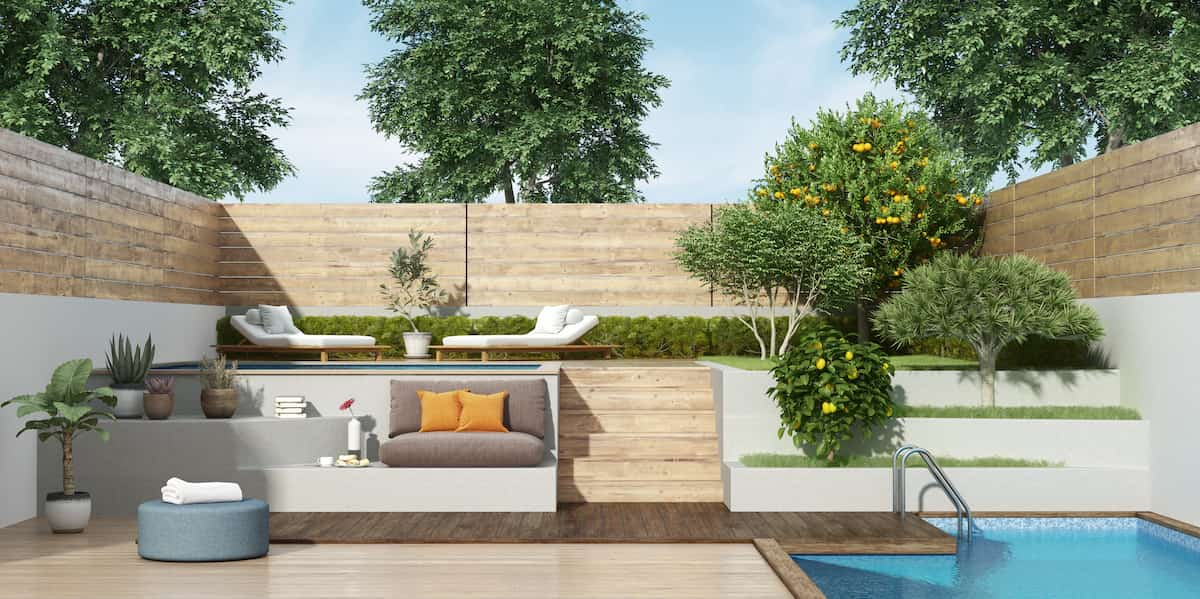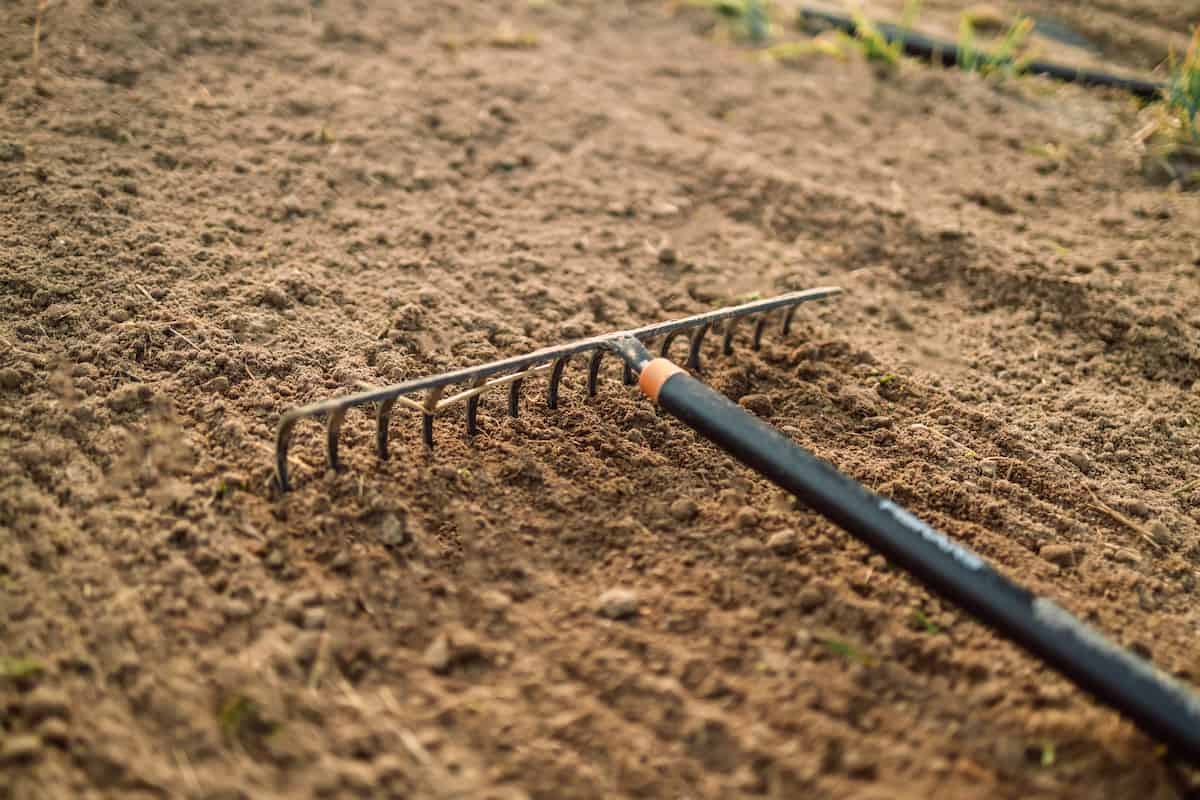A sunken garden is a unique, eye-catching landscape design that offers an appealing alternative to traditional, flat garden spaces. This type of garden is characterized by its lowered ground level, typically surrounded by retaining walls or slopes. Sunken gardens can create a sense of intimacy and tranquility and are ideal for showcasing various plants and architectural elements. In this article, we will explore the concept of sunken gardens and provide a step-by-step guide to creating your very own.

How to Create a Sunken Garden
What is a Sunken Garden?
A sunken garden is a distinct type of garden design with a planting area below the surrounding ground level. This creates a visually striking, enclosed space that can be used for various purposes, such as seating areas, water features, or simply showcasing plant life. Sunken gardens can be found in public parks and private residences, often providing a serene, secluded atmosphere perfect for relaxation and contemplation. With a thoughtful design and careful planning, a sunken garden can be a stunning addition to any landscape.
Assess and Choose the Site
Before beginning your sunken garden project, carefully assess your available space and choose the ideal location. Take into account important aspects such as the amount of available sunlight, the condition of the soil, the drainage, and accessibility. Ideally, your sunken garden should receive ample sunlight and have well-draining soil to support plant growth. Additionally, consider the proximity to your home or other structures, as a sunken garden may require additional access points or pathways for easy navigation.
Plan the Design and Layout
Once you have chosen the site, start planning the design and layout of your sunken garden. Determine the size and shape of the sunken area and the depth. Consider incorporating seating areas, pathways, water features, and focal points like sculptures or large plants. Sketch out your design, making sure to include all desired elements and their dimensions.
Excavate the Area
After finalizing your design, it’s time to begin excavating the area. Depending on the size and depth of your sunken garden, you may need to rent heavy equipment or hire a professional landscaping company to assist with the excavation process. Follow all safety guidelines and obtain any necessary permits before beginning excavation.
Construct Retaining Walls or Slopes
To prevent soil erosion and maintain the structural integrity of your sunken garden, you will need to build retaining walls or slopes around the perimeter. Retaining walls can be constructed using various materials, such as concrete blocks, bricks, or natural stones. Alternatively, you can create gradual slopes using soil and rocks to create a more natural-looking sunken garden. Be sure to account for proper drainage when constructing retaining walls or slopes.
Install Drainage Systems
Proper drainage is crucial to prevent standing water and ensure the health of your plants. Install a drainage system at the base of your sunken garden using perforated pipes, gravel, and landscape fabric. This will help direct excess water away from the garden and prevent potential issues such as root rot and waterlogged soil.
In case you missed it: Container Gardening Landscaping Ideas: A Step-by-Step Guide for Beginners

Prepare the Soil
After constructing the retaining walls or slopes and installing the drainage system, it’s time to prepare the soil for planting. Add a layer of topsoil, followed by compost or well-rotted manure, to improve the soil’s fertility and structure. Mix these layers to create a nutrient-rich planting medium for your plants.
Choose and Plant Your Flora
Select plants suited to your sunken garden’s conditions, considering factors such as sunlight exposure, soil type, and moisture levels. Choose a mix of plants that offer visual interest throughout the year, including perennials, annuals, shrubs, and trees. Consider incorporating plants with varying heights, textures, and colors to create a dynamic and diverse landscape. Some popular choices for sunken gardens include ferns, hostas, ornamental grasses, hydrangeas, and small trees like Japanese maples.
Install Pathways and Seating Areas
Install pathways and seating areas to create a functional and inviting sunken garden. Use gravel, brick, or flagstone materials to construct paths that lead visitors through the garden, connecting various points of interest. Incorporate seating areas, such as benches or built-in seating within retaining walls, to encourage relaxation and contemplation within the garden.
Add Water Features and Focal Points
Your sunken garden may benefit from the addition of a tranquil atmosphere and aesthetic appeal provided by water elements such as fountains, ponds, or waterfalls. Choose a water feature that complements your garden’s overall design and style, and ensure that it is properly installed and maintained. Additionally, consider incorporating focal points, such as sculptures, large planters, or unique plants, to draw the eye and create a sense of intrigue within the space.
Install Lighting
Enhance the beauty and functionality of your sunken garden by installing outdoor lighting. Use a combination of ambient, task, and accent lighting to illuminate pathways, seating areas, and focal points. Consider using solar-powered or energy-efficient LED lights to minimize energy consumption and reduce environmental impact.
Maintain Your Sunken Garden
Maintain your sunken garden regularly. This includes tasks such as weeding, pruning, mulching, and watering. Monitor the health of your plants and address any issues promptly, such as pests, diseases, or nutrient deficiencies. Additionally, regularly inspect your retaining walls, slopes, and drainage systems to ensure their continued stability and effectiveness.
Add Garden Art and Accessories
Incorporate garden art and accessories into your sunken garden design to further personalize the space and enhance its visual appeal. Examples of garden art include decorative sculptures, wind chimes, birdhouses, and mosaic pieces. Additionally, consider using colorful containers for planting or adding hanging baskets to create vertical interest.
Create Zones within the Garden
Designate zones within your sunken garden to serve different functions or showcase specific plant groupings. For instance, you can create a secluded seating area for relaxation, a small herb garden for culinary use, or a dedicated area for shade-loving plants. This will help create a more organized and cohesive sunken garden design.
In case you missed it: How to Create Pollinator Gardens: DIY in 10 Steps

Conclusion
Creating a sunken garden is an exciting and rewarding project that can transform an ordinary outdoor space into a stunning, serene oasis. By carefully planning your design, choosing the right plants and materials, and establishing a regular maintenance routine, you can enjoy the beauty and tranquility of your sunken garden for years to come.
- Feed Your Flock for Less: Top 10 Tips to Save on Chicken Feed
- Ultimate Guide to Ossabaw Island Hog: Breeding, Raising, Diet, and Care
- Hatching Answers: The Top 10 Reasons Your Chickens Aren’t Laying Eggs
- Eggs and Economics: Breaking Down the Cost of Raising Backyard Chickens
- Defend Your Greens: Proven Methods to Keep Iguanas Out of Your Garden
- Ultimate Guide to Cinnamon Queen Chicken: A Comprehensive Guide for Beginners
- Ultimate Guide to California Tan Chicken: Breeding, Raising, Diet, Egg-Production and Care
- Ultimate Guide to Marsh Daisy Chicken: Breeding, Raising, Diet, and Care
- 10 Types of Chicken Farming Businesses You Can Start for Profits